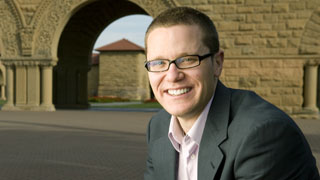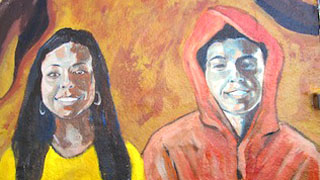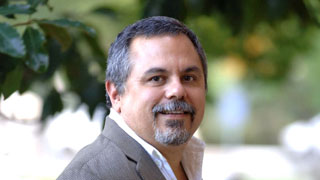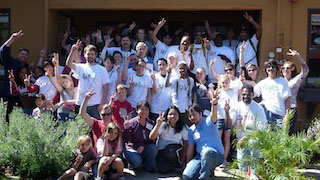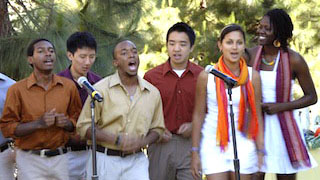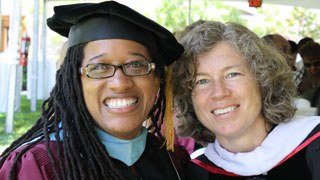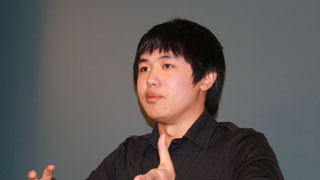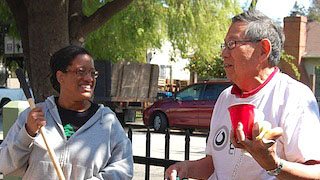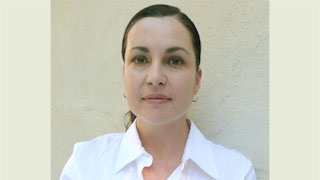Events
-
03/10/2016 - 4:00pmPaula Moya
-
03/13/2016 - 5:00pmRobert Putnam
-
03/29/2016 - 5:30pmAnthea Kraut
-
03/30/2016 - 4:00pm
-
04/15/2016 - 12:00pm
-
04/17/2016 - 11:00am
Events Archive
News & Announcements
Culture shapes how leaders smile, Stanford research shows

How much a political leader smiles reflects their particular country's cultural values related to how people express themselves, a Stanford scholar has found.
How a political leader smiles in official photos – left, Japanese Prime Minister Shinzo Abe; right, U.S. President Barack Obama – reflects their particular country's cultural values related to how people express themselves, a Stanford scholar has found.
In the United States, the smiles of politicians and other leaders tend to be big and wide. In East Asian countries like China and Taiwan, they are much more modest, the research showed.
The reason is that how one's culture views smiling influences how people in that culture may smile, said Jeanne Tsai, a Stanford associate professor of psychology and the lead author on a recently published paper in the journal Emotion.
"Often people think that when they are viewing a candidate's official photo, they are learning about the candidate's unique traits," Tsai said. "But our findings suggest that they are also learning about the candidate's culture and the emotions it values."
This smiling effect may have ramifications in the world of politics, Tsai said. Culturally different emotions and expressions may create misunderstandings between leaders from different nations involved in negotiations or crises.
Tsai directs the Culture and Emotion Lab at Stanford and has previously published research on how Americans tend to embrace positive feelings while Chinese people do not as much; how people from different cultures express sympathy; and how culture factors into why we like or don't like people.

